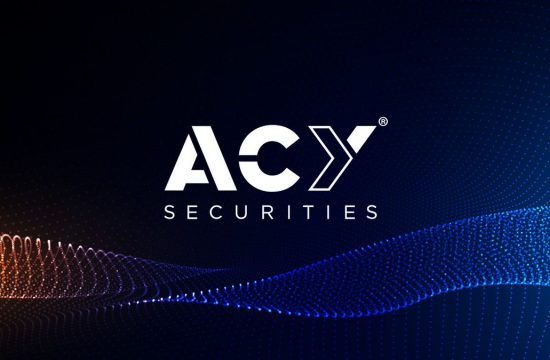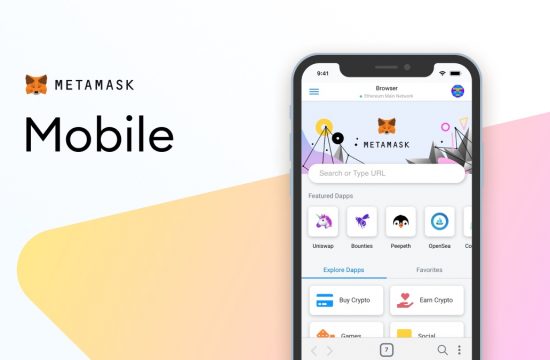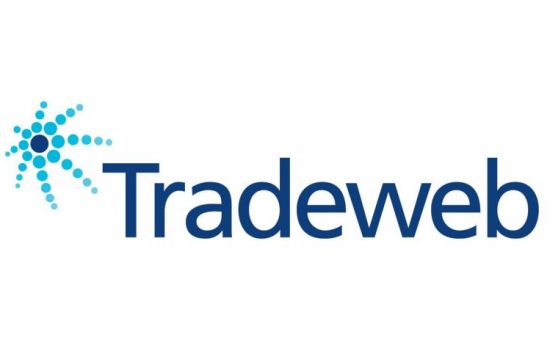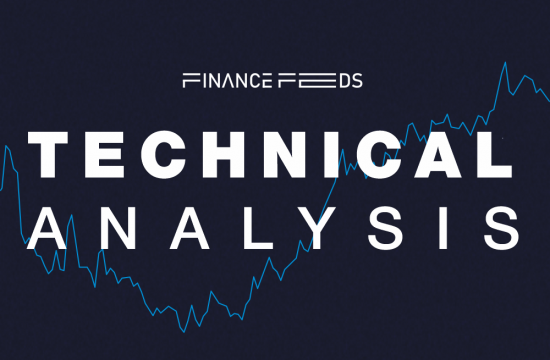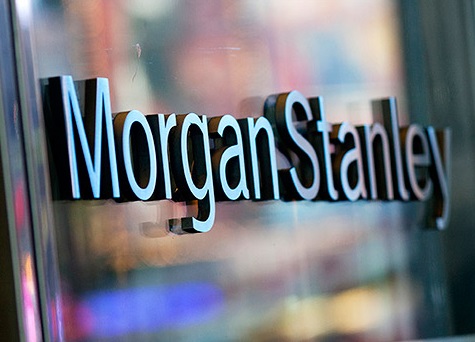For most of recorded human history, businesses across the globe have relied on the use of paper-based accounting systems to track their day-to-day operations. It is only during the latter half of the century gone by, that companies have started adopting computer-based governance systems, with this trend having picked up a lot of steam since the mid-90s

This is because the cost of computers has dropped significantly over the last fifty-odd years. For example, the most basic model of an HP 3000 retailed for a whopping $95,000 (nearly $500k after being adjusted for inflation) in 1972. However, today mid-to-high end desktops and laptops can be acquired for as less as $1,200 – $3,000.
Lastly, several recently released studies indicate that by going fully digital, enterprises can save up to 40% in annual operational costs, a considerable figure, to say the least.
The cost of not going digital can be massive
From the outside looking in, most firms that have yet to go digital have avoided doing so because the use of paper has been the norm for so long. In this regard, it should be noted that the maintenance of paper trails is extremely expensive and time-consuming, as is highlighted by the fact that American companies have to shell out a whopping $120 Billion per annum for the same.
Not only that, the use of paper records has been found to reduce employee efficiency and productivity by up to 40%. This is because physical documents can oftentimes be hard to track and account for efficiently. Not only that, massive stacks of paper have the potential to get misplaced, misfiled, or destroyed.
The issue(s) with older digital accounting systems — Internal Threats
Although on paper, digital accounting systems are a godsend, in real life, there are quite a few inherent issues associated with them. For starters, most of these platforms are centralized, i.e. they not only feature a single point of failure but also require users to entrust their sensitive information with third-party vendors.
As a result of such a setup, there is a possibility that users with malicious intent can access to these systems and steal/misuse this data. Not only that, these centralized systems are prone to hacks and data leaks since they offer limited security.
To expound on this point, it should be noted that since 2018, there has been a 47% increase in insider incidents, with a vast majority of them being directly associated with company employees. In fact, it has been found that ‘internal threat’ related incidents tend to cost businesses anywhere between $300k–$870k per occurrence, with many of them going completely undetected for more than 300 days at a time.
Lastly, with a larger chunk of the global workforce now working remotely, insider threats have been on a steep ascent since 2020.
Decentralization is the way
With the advent of blockchain technology, many companies have started harnessing its immense capabilities. For example, blockchain-based platforms not only allow companies to digitize their existing workflows but also provides them with various decentralization and transparency-related benefits.
One such option in this regard is ParallelChain’s security management solution, ‘PreventiveChain.’ It employs the power of biometrics and blockchain to protect companies against an array of ‘insider cybersecurity’ threats while providing users with a range of peripheral security-centric features such as:
- Multi-Factor Authentication (MFA) — A login module that is designed to provide users with several easy-to-use security layers.
- Facial Recognition: Thanks to its native anti-spoofing mechanisms, PreventiveChain can deliver facial scans in real-time while easily distinguishing people from their images.
- Remote Access: The platform allows administrators to access the system remotely, affording them the ability to monitor its internal activities irrespective of their location or the time of day.
Other key aspects of PreventiveChain worth highlighting include a ‘Security Watermark’ framework that prevents anyone from taking screenshots of sensitive data as well as a data control unit that ensures a company’s private info stored on cloud services is secure at all times. Lastly, the platform limits the readability of its internal info by granting specific access based on a user’s account type while also controlling their import/export rights.
Looking ahead
As the world continues to gravitate toward the use of digital accounting systems, it stands to reason that more and more companies will harness the power of blockchain technology in the near-to-mid term — primarily to keep their private info safe from internal and external threats. Therefore, moving forward, it will be interesting to see how this space continues to evolve.




